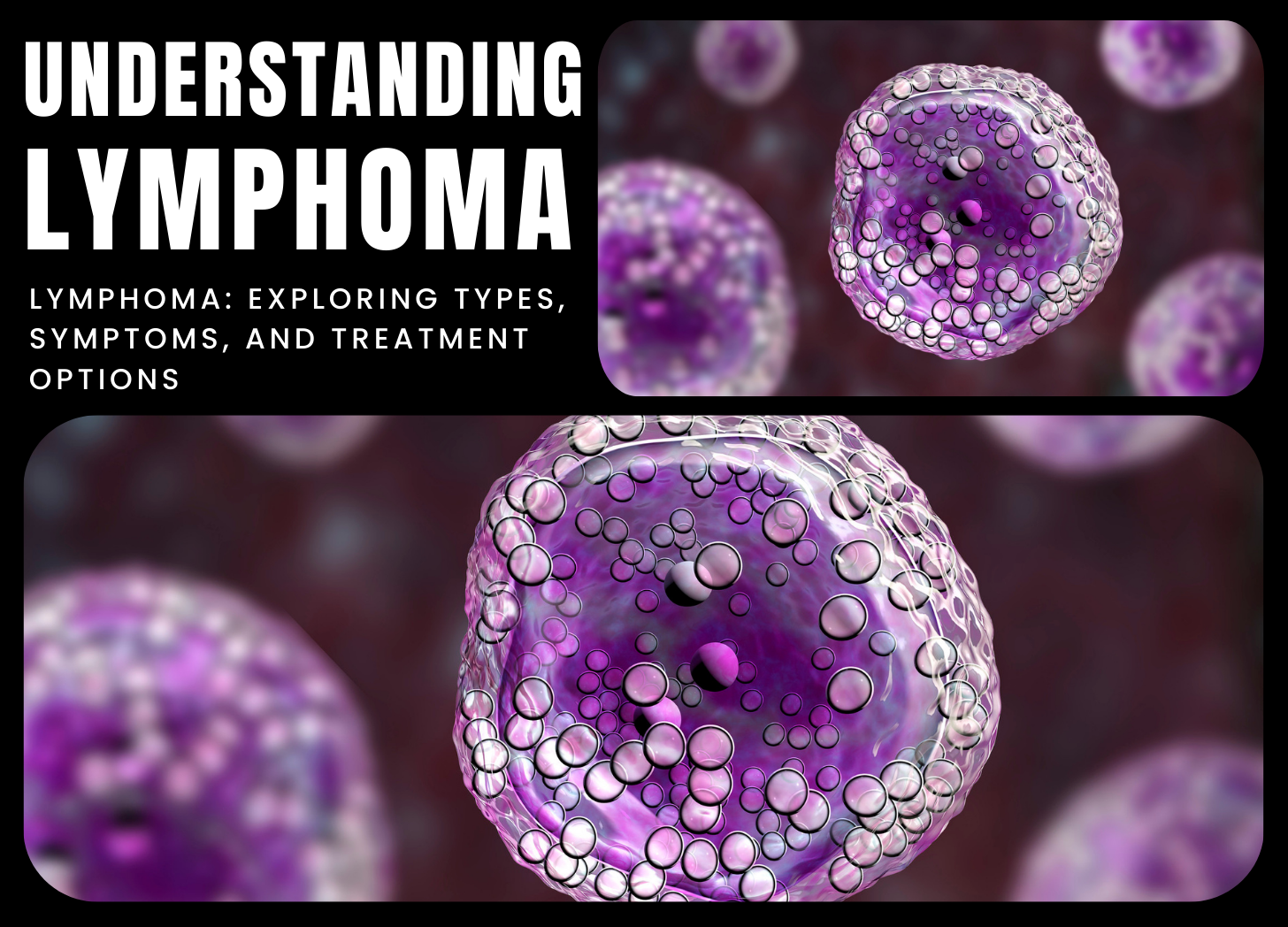Contact Us
Contact Us

Lymphoma is a type of cancer that originates in the lymphatic system, a crucial part of the immune system. The lymphatic system, which includes lymph nodes, spleen, thymus, and bone marrow, plays a vital role in fighting infections and diseases. Lymphoma occurs when abnormal lymphocytes, a type of white blood cell, proliferate uncontrollably, forming tumors in lymph nodes or other lymphatic tissues. Lymphoma is primarily classified into two main types: Hodgkin lymphoma (HL) and non-Hodgkin lymphoma (NHL), each with distinct histological features, prognoses, and treatments.
Hodgkin lymphoma, also known as Hodgkin’s disease, is characterized by the presence of Reed-Sternberg cells. Although HL represents a smaller percentage of lymphoma cases, it is notable for its predictable spread from one group of lymph nodes to another. Common symptoms of Hodgkin lymphoma include painless swelling of the lymph nodes, particularly in the neck, armpits, or groin, along with fever, night sweats, weight loss, itching, and fatigue. Hodgkin lymphoma is often highly treatable, especially when diagnosed early, with a combination of chemotherapy, radiation therapy, and targeted therapy.
Non-Hodgkin lymphoma encompasses a diverse group of lymphoid tumors that do not have Reed-Sternberg cells. NHL is further divided into various subtypes based on the type of lymphocyte involved (B or T cells), cell size, and other factors. NHL can originate from lymphocytes in the lymph nodes, spleen, bone marrow, or other lymphatic tissues. Symptoms of NHL vary widely depending on the subtype and severity of the disease but may include swollen lymph nodes, fever, night sweats, weight loss, fatigue, and abdominal pain. Treatment for NHL is tailored to the specific subtype, stage, and individual patient characteristics, and may involve chemotherapy, immunotherapy, targeted therapy, radiation therapy, or stem cell transplantation.
Lymphoma is diagnosed through a combination of medical history, physical examination, imaging studies (such as CT scans, PET scans, or MRI scans), laboratory tests (including blood tests and biopsies of lymph nodes or other tissues), and genetic testing to determine the subtype and extent of the disease. A multidisciplinary team of healthcare professionals, including oncologists, hematologists, radiologists, and pathologists, works together to develop a personalized treatment plan based on the specific characteristics of the lymphoma and the patient’s overall health.
Recent advances in understanding the biology and treatment of lymphoma have significantly improved patient outcomes. Innovative treatment approaches currently being explored in clinical trials include targeted therapies that specifically attack cancer cells or their microenvironment, immunotherapies that harness the body’s immune system to fight cancer, and precision medicine strategies based on genetic profiling. Additionally, supportive care measures such as symptom management, nutritional support, and psychosocial support play a crucial role in enhancing the quality of life for lymphoma patients.
Lymphoma is a complex group of cancers that arise from lymphocytes in the lymphatic system. Despite its challenging nature, advances in research and treatment have led to improved outcomes and survival rates for many patients. By raising awareness, promoting early detection, and supporting ongoing research efforts, we can continue to make progress in the fight against lymphoma and improve the lives of those affected by this disease.
References:
Post a Comment